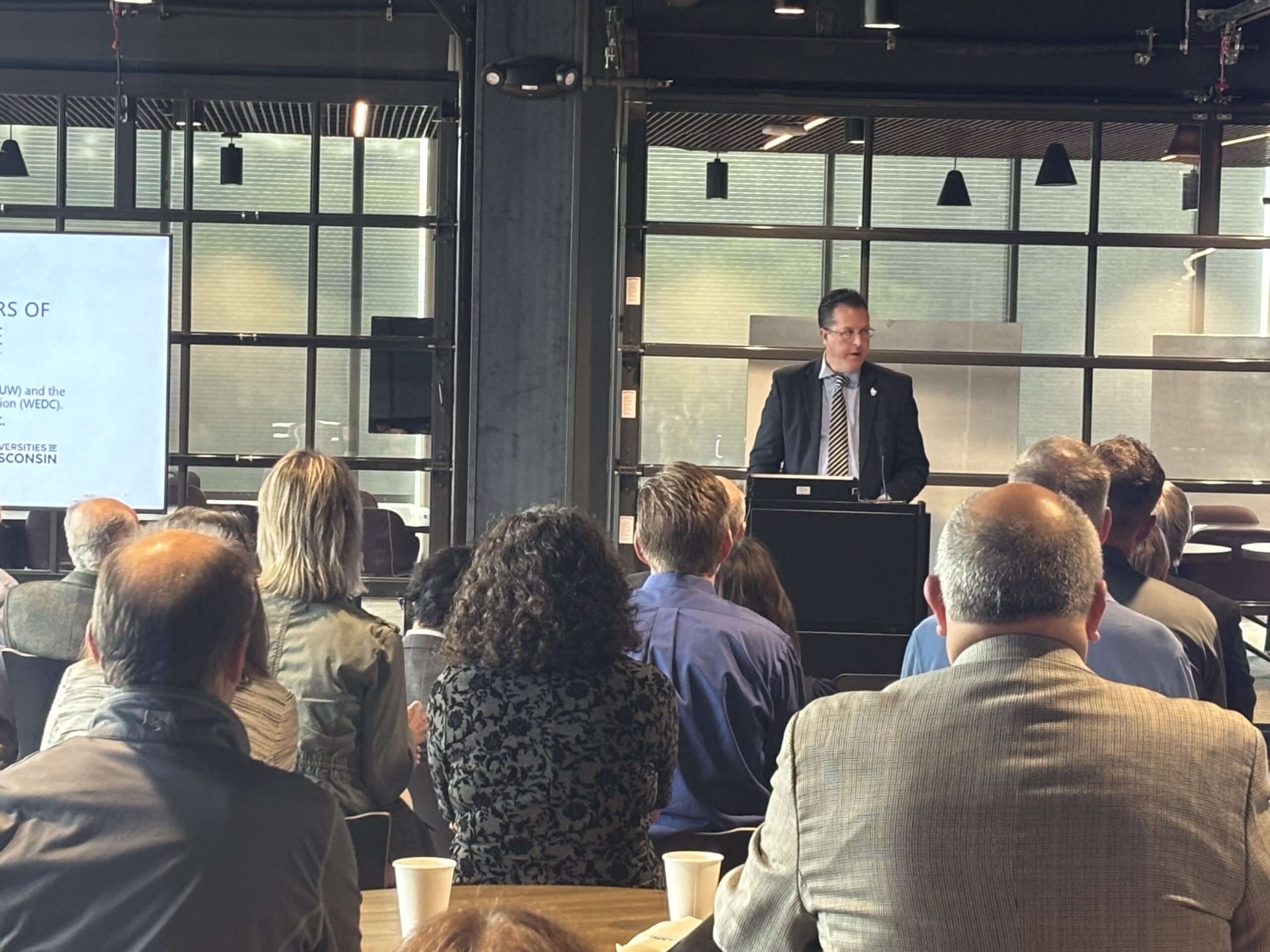We often hear from entrepreneurs about the challenges in acquiring additional funds to further de-risk technologies and navigate through the dreaded Valley of Death. Accessing funds via the traditional SBIR/STTR programs can initially help you through risky feasibility questions. But building your business can mean navigating through more research and regulatory hurdles to be more attractive for follow-on funding or industry partnerships. As the SBIR program has grown, so too has commercialization support programs and funding that can assist you through key milestones encountered in the dreaded “Valley of Death.” Here are just a few programs via NIH, NSF, and USDA that CTC can help you consider.
- Business Model Support: Strong SBIRs tell the story of the innovation’s impact on the market. Participation in a Lean Startup program can help you towards a competitive, successful SBIR. Both NSF and NIH have National I-Corps programs in which CTC has assisted clients as mentors.
- Phase 2B Bridge Support: Some agencies offer bridge funding between Phase 2 and next step, Phase 3 activities. The amount, eligibility and expectations vary. Learn about the NSF and NIH programs and let CTC help you navigate a successful request.
- Commercialization Programs: NSF and NIH offer additional support in both programming and non-dilutive funding to assist companies through other critical milestones. These supplemental support programs range from support with manufacturing and regulatory costs to seed funding that lead to industrial partners.
- USDA Basic Research Support: Because innovation may require more investigation, the USDA’s Agriculture and Food Research Initiative (AFRI) encourages applications from both academic and small business. Search USDA funding opportunities page for other Small Business grants.
As always, the CTC is here to assist you for these additional SBIR-adjacent sources of funding. CTC’s SBIR Advance has been used to meet the match requirements of bridge support funding. Reach out for help in navigating discussions with program managers, the application process, and other key deliverables to be competitive for these additional sources of non-dilutive funding.
